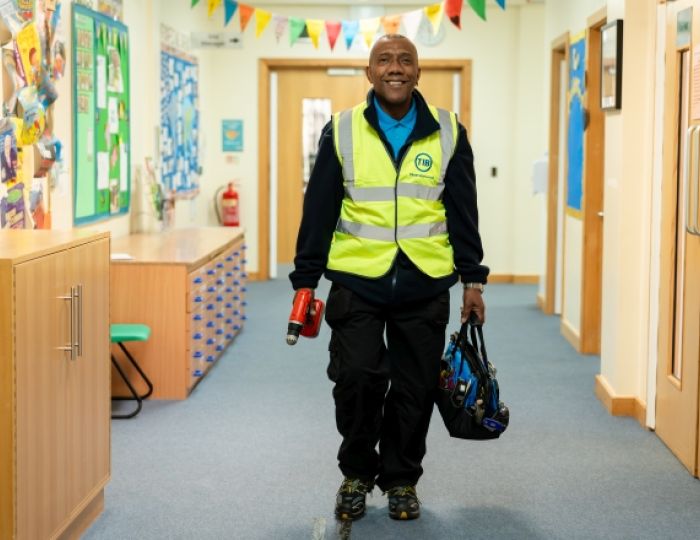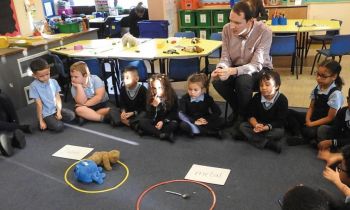The key to bringing tech-sceptical staff up to speed is to not focus on the technology, but on the benefits the technology will have on learning for the children they teach.
After all, isn’t this the reason for teachers entering the profession – to make a difference, open up opportunities for children and leave the world in a brighter place than when they found it?
The right conditions
Before supporting a member of staff with their use of technology, take a moment to examine the conditions they’re working in. Do they have the tools they need to be successful? If the answer’s no, and they’re working with technology that’s outdated, try to rectify this as much as you can.
It never fails to surprise me how those teachers that use technology the least are typically given the oldest hardware to work with. Is it any wonder that their confidence in technology is so poor when they’ve not been given a fair shot?
If the conditions are right, then I’d advise starting small by modelling how to do just one thing which will benefit the children they teach. This could be as simple as playing a video on YouTube, or sharing a piece of work in Google Classroom.
After the modelling, revisit the task with your colleague a week later and ask them to repeat the process, offering support where necessary. Be sure to master the simple things before moving onto something more challenging. Don’t look to show off yourself, and above all, be patient and sincere.
You can then take things a step further by modelling experiences with technology that provide some form of connection. If you can model to a colleague how to write a blog post, or engage in social media in a way that benefits them professionally, the impact can be transformational.
Build a network
One thing I’ve found that never fails to connect a teacher and their children with the transformative power of technology is a ‘Mystery Skype’. This is an easy, free and engaging way for classrooms worldwide to interact and find out more about each other using the Skype videoconferencing platform.
Typically, two classrooms will arrange to contact one another via a Skype video call. By asking questions, giving clues and listening to each other, students use their map-reading and communication skills to discover the geographical location of the other class.
As your colleagues become more confident and engaged with using technology to support learning, try building a network of people who are prepared to share their skills. I’ve found it helpful to make collaborative CPD a regular feature of meetings, allowing successes to be shared and challenges to be faced collectively. If possible, try to make video and/or audio recordings of this CPD so that less confident members of staff can revisit the training at their own convenience.
You’ll soon find that those colleagues who were previously sceptical about using technology become your biggest advocates. Just remember in that early phase that you must be patient and sincere – and that no one likes a know-it-all!
Gary Spracklen is headteacher at The Prince of Wales School, Dorchester, a former Digital Educator of the Year and a member of the government’s Educational Technology Action Group.










